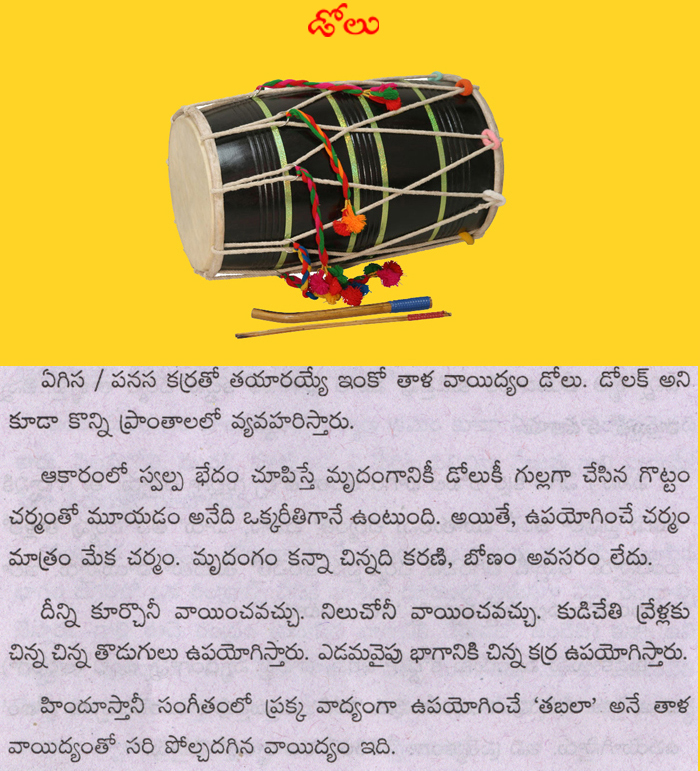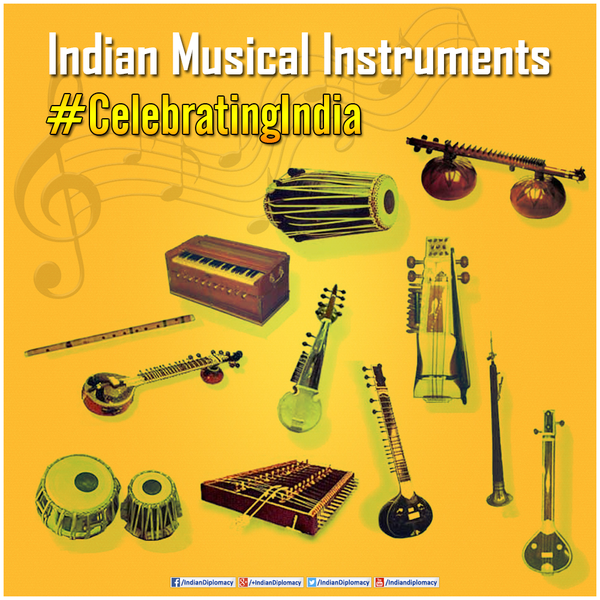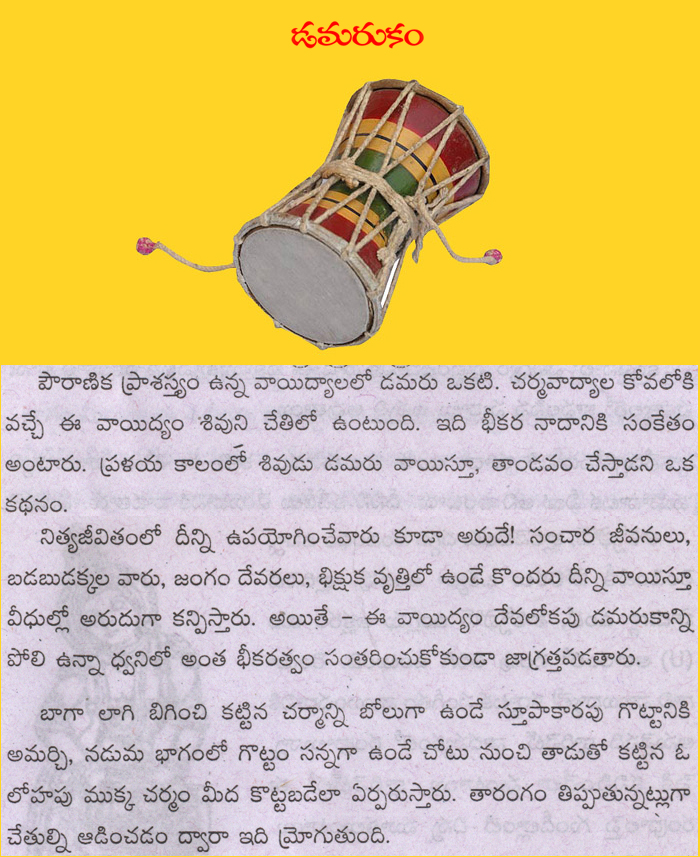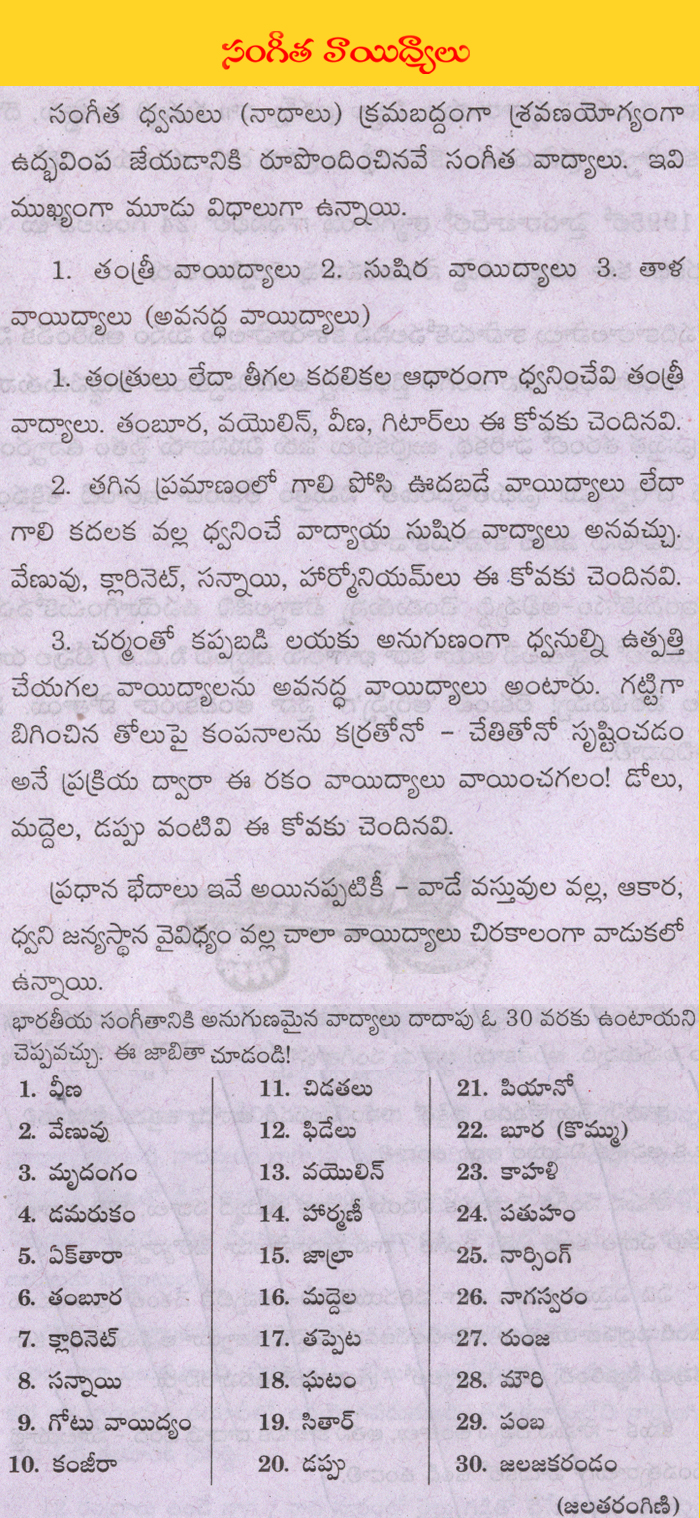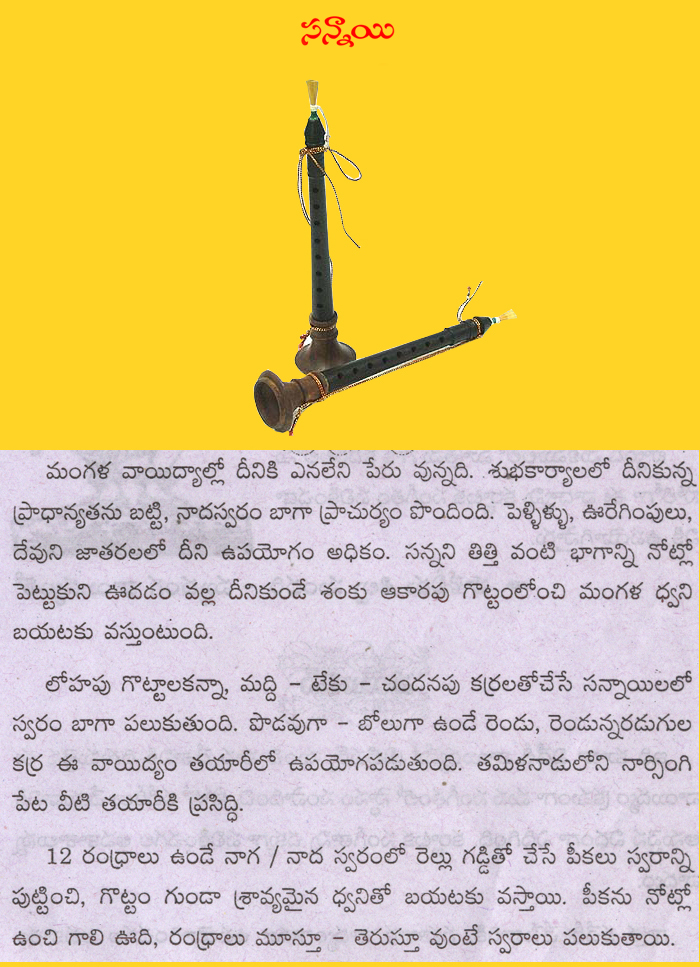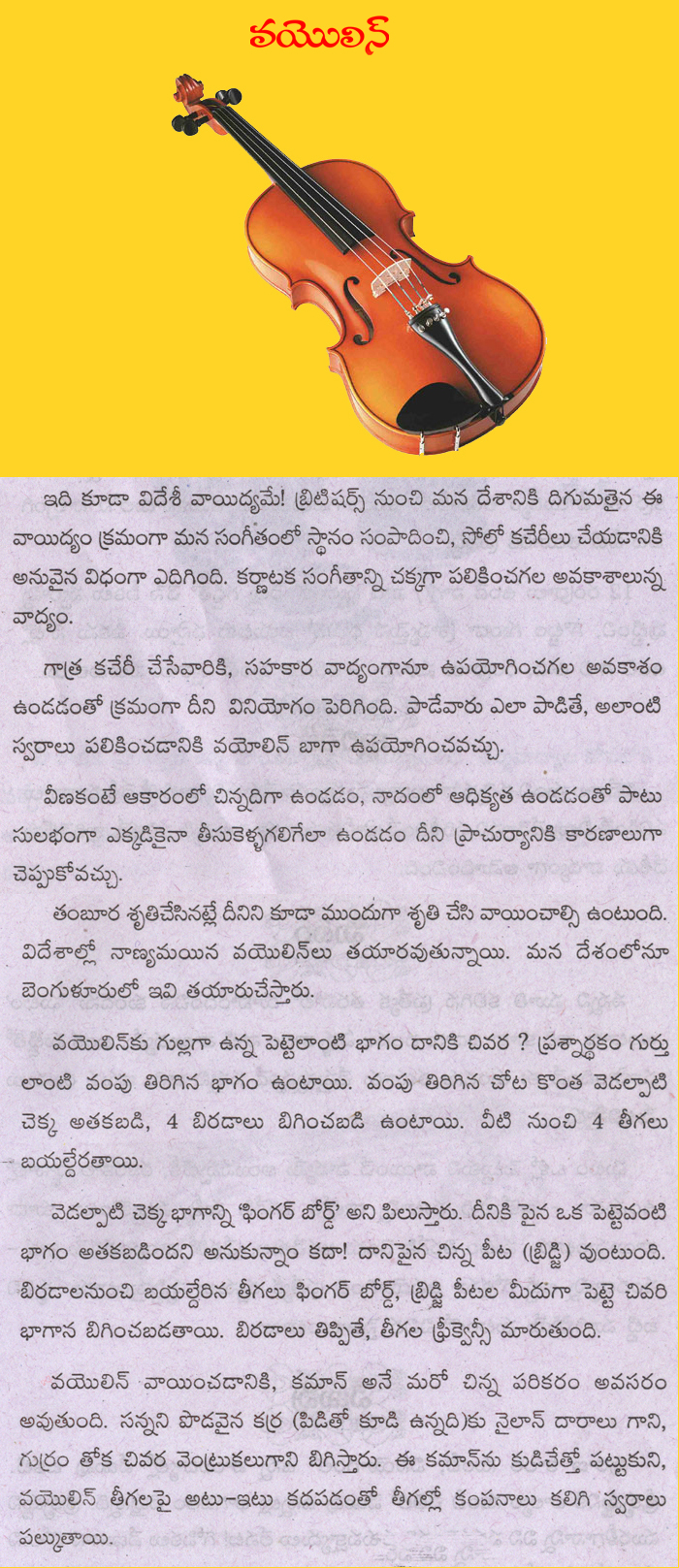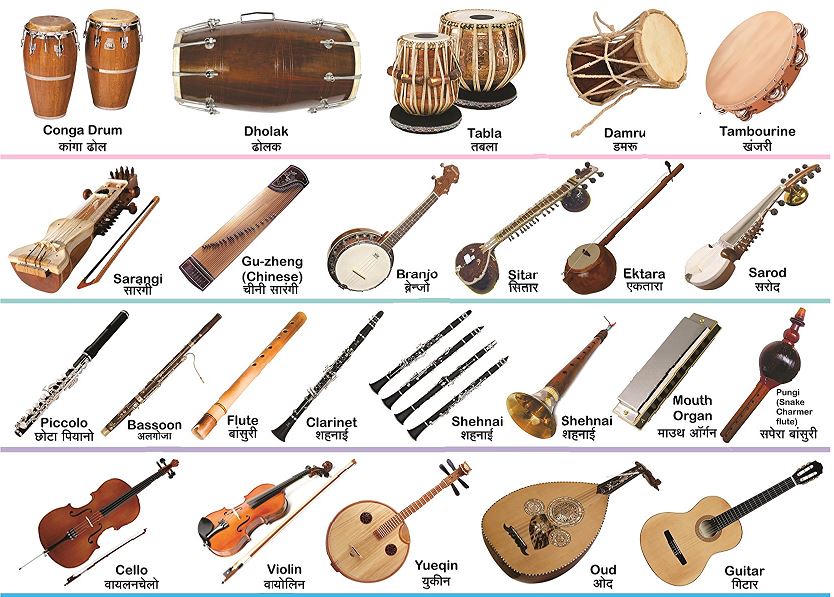Musical Instruments Images With Names In Telugu
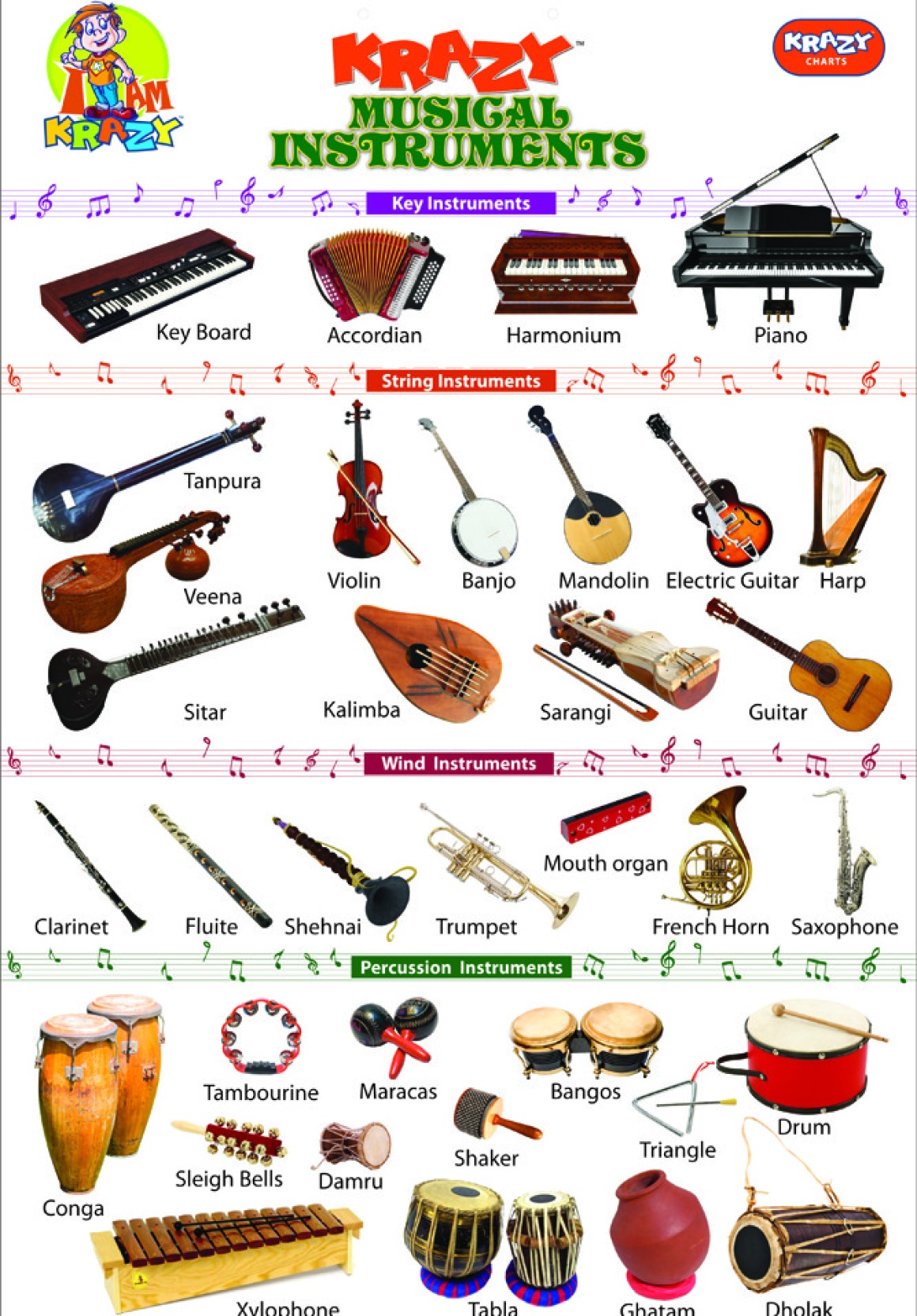
In an increasingly interconnected world, the preservation of regional languages and cultural heritage is paramount. One significant aspect of this endeavor involves making educational resources accessible in diverse linguistic formats. A growing online initiative is focusing on providing images of musical instruments accompanied by their names in Telugu, aiming to bridge the gap in language-specific educational materials.
The core of this movement lies in creating a readily available, free resource that benefits Telugu-speaking students, musicians, and cultural enthusiasts. This effort seeks to address the scarcity of visual aids that accurately label musical instruments using the Telugu script, thus enriching the learning experience and promoting linguistic preservation. The initiative holds particular importance for younger generations who may not be fluent in English or other widely spoken languages, and for those actively involved in preserving traditional Telugu music and art forms.
Accessibility and Educational Impact
The availability of musical instrument images with Telugu names has a profound impact on education. Many online educational platforms and libraries, while comprehensive, often lack content specifically tailored to regional languages like Telugu.
This creates a barrier for students who learn best in their native language, limiting their understanding and appreciation of musical concepts. By providing visual aids that are linguistically relevant, educators and parents can facilitate a more effective and engaging learning process.
The goal is to make education more inclusive and culturally responsive. This is achieved by breaking down language barriers and fostering a deeper understanding of music and culture.
Targeting Diverse Learners
The resource is designed to cater to a wide range of learners. This includes school children studying music, aspiring musicians seeking to expand their knowledge of instruments, and researchers exploring the cultural significance of traditional Telugu music.
Furthermore, it serves as a valuable tool for language learners who wish to enhance their vocabulary and cultural understanding of the Telugu language. The inclusion of images alongside the names makes it easier for visual learners to grasp new concepts and retain information.
The visual aid is especially beneficial for individuals with learning disabilities or those who struggle with text-heavy materials.
Preservation of Cultural Heritage
Beyond education, this initiative plays a crucial role in the preservation of Telugu cultural heritage. Music is an integral part of Telugu culture, with a rich tradition of folk songs, classical compositions, and devotional hymns.
Many traditional Telugu instruments, such as the Veena (వీణ) and the Mridangam (మృదంగం), are becoming less familiar to younger generations. By providing readily accessible visual resources, the initiative aims to rekindle interest in these instruments and ensure that their names and significance are not lost to time.
This effort helps to maintain the linguistic diversity of the musical landscape and promote the continuity of cultural traditions.
Community Engagement and Collaboration
The creation of these resources is often a collaborative effort involving linguists, musicians, educators, and volunteers. Community engagement is vital to ensure the accuracy and relevance of the information provided.
Many projects rely on crowd-sourced contributions, where individuals can submit images, verify translations, and provide feedback on the content. This collaborative approach fosters a sense of ownership and ensures that the resources reflect the diverse perspectives within the Telugu-speaking community.
The active participation of community members enhances the quality and sustainability of the initiative.
Challenges and Future Directions
Despite the positive impact, there are challenges to overcome. One significant hurdle is ensuring the accuracy and consistency of translations, as Telugu, like many languages, has regional variations and dialects.
Another challenge is maintaining the resources over time, as technology evolves and new instruments emerge. Future directions for this initiative include expanding the collection of images to encompass a wider range of instruments, including those used in contemporary Telugu music.
Incorporating audio samples of the instruments being played would be a valuable addition, further enhancing the learning experience.
In conclusion, the effort to provide musical instrument images with names in Telugu represents a vital step towards linguistic preservation and cultural enrichment. By making educational resources more accessible and culturally relevant, this initiative empowers learners, preserves traditions, and fosters a deeper appreciation for the richness of the Telugu language and musical heritage. The continued development and support of such projects are essential for ensuring a vibrant and inclusive future for Telugu culture.
